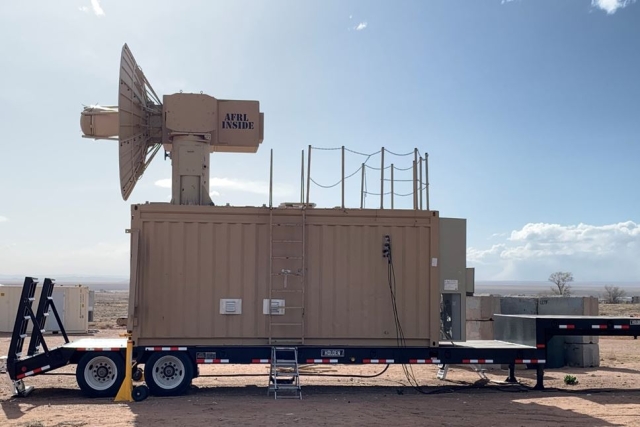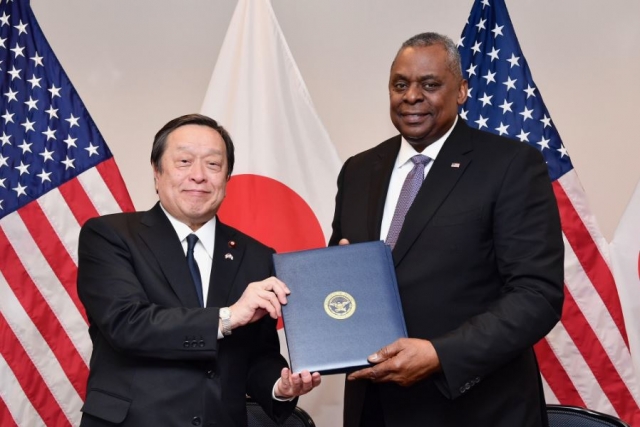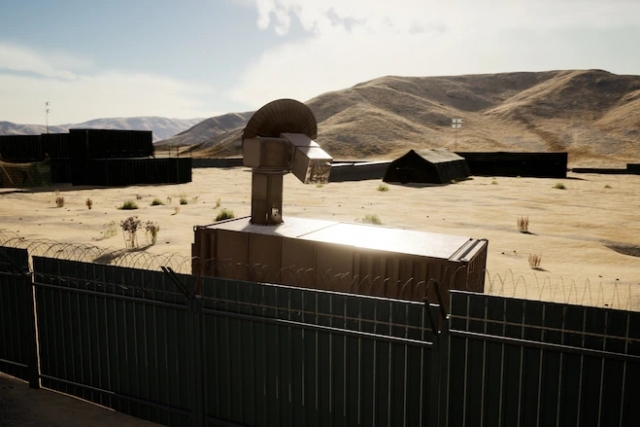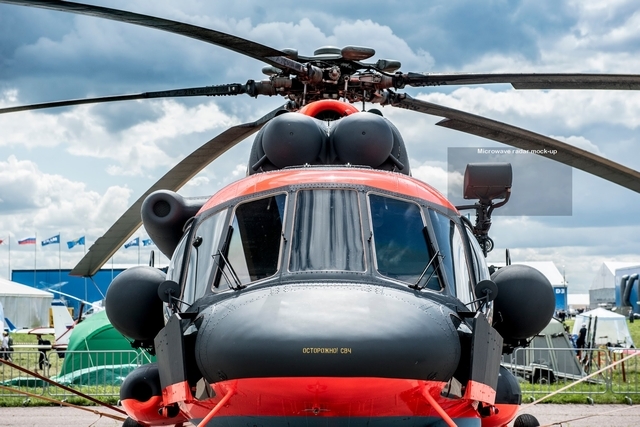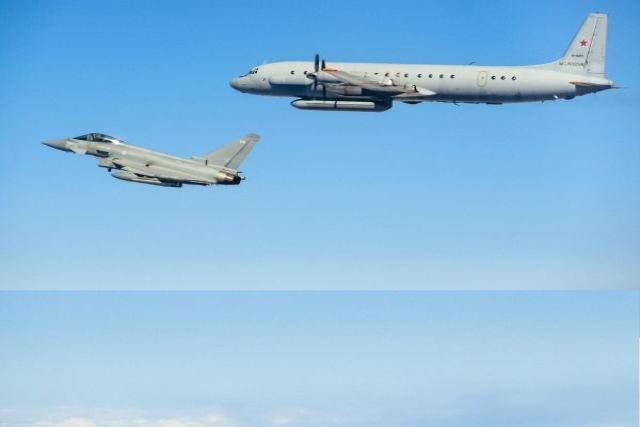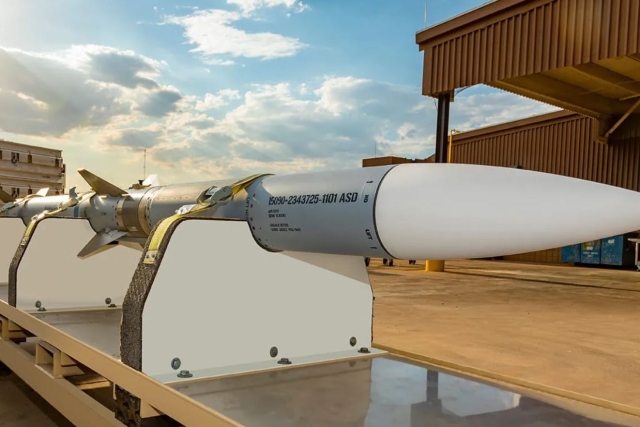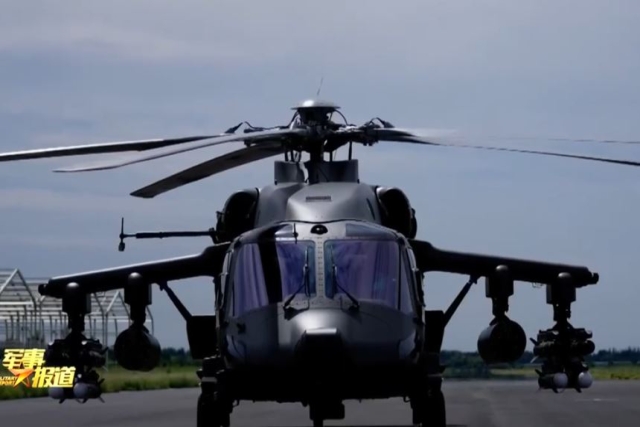U.S. DoD Considering High-powered Microwave to Counter Unmanned Aerial Systems
Microwaves cost less per shot than traditional munitions such as missiles
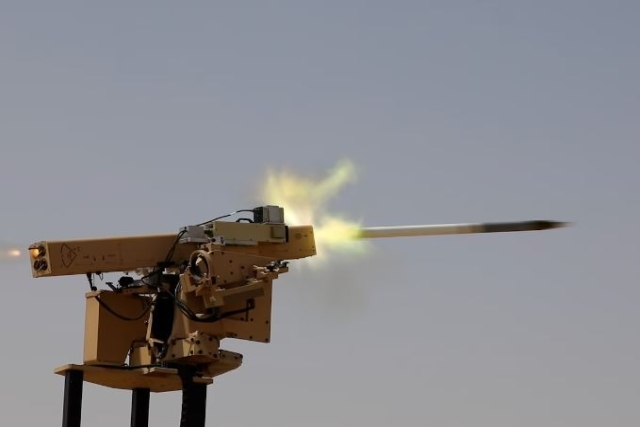
The U.S. Joint Counter-Unmanned Aircraft Systems (C-UAS) Office is actively engaged in exploring various strategies to combat unmanned aerial systems (UAS), with a notable focus on high-powered microwaves.
In today’s address at the Center for Strategic and International Studies event on "Countering Small Uncrewed Aerial Systems," Army Maj. Gen. Sean A. Gainey, director of the C-UAS Office revealed progress in the development of drone countermeasures.
Gainey said the microwaves, boasting power capacities ranging from 10 to 50 kilowatts, have shown promise in effectively neutralizing UAS threats. The cost-effectiveness of this approach, compared to traditional munitions like missiles, has been a key factor in its favor.
Speaking about ongoing initiatives, he highlighted collaborative experiments and field testing conducted by each military service in partnership with industry experts. While high-powered microwaves have demonstrated success, he emphasized that they should not be viewed as a one-size-fits-all solution. The dynamic nature of the battlefield and environmental factors, including atmospheric conditions, necessitate a multifaceted approach to UAS defense.
Gainey underscored the importance of diversified defense mechanisms, including the development of advanced radar and command and control systems. The integrated battle command system, in particular, plays a crucial role in detecting incoming threats, connecting shooters and sensors, and efficiently targeting UAS.
Referencing the ongoing conflict in Ukraine, Gainey emphasized the critical need for robust defense against UAS attacks. He anticipates that future military personnel will likely need to be proficient in air defense, given the evolving nature of these aerial threats that are reshaping the dynamics of the battlefield.
There's still a lot of work to be done in developing and fielding UAS attack countermeasures, along with training and doctrine, Gainey said, but the effort is well underway and is already producing results.

